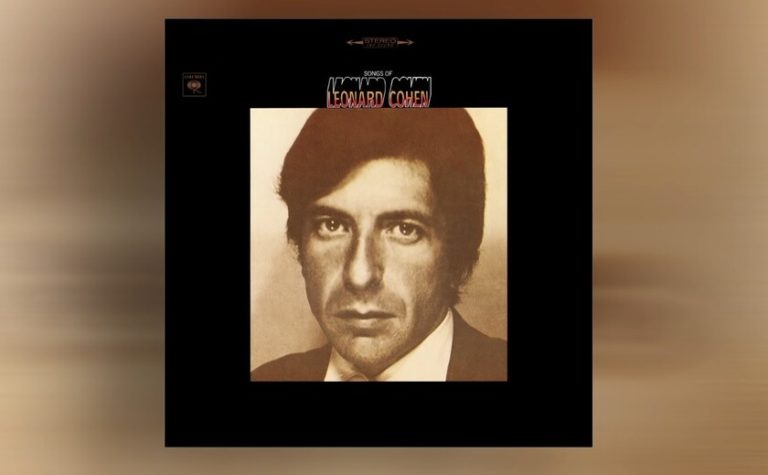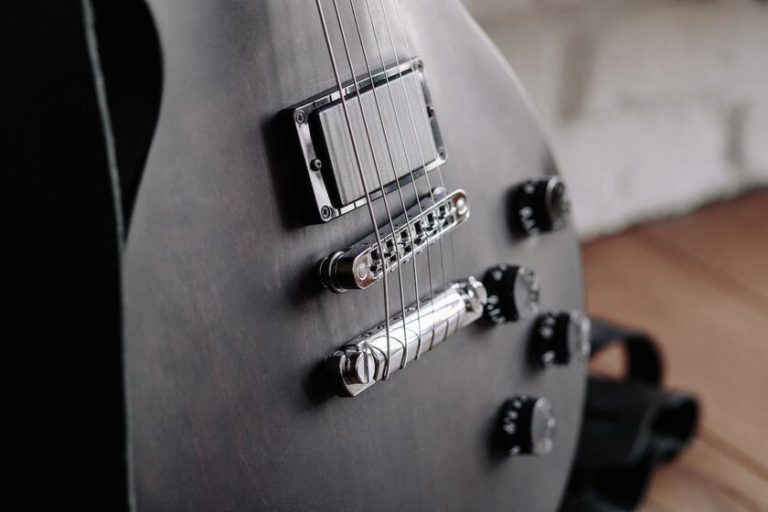Pioneering Women in the World of Electric Guitars
The electric guitar, with its signature sound, has become synonymous with rock and roll, blues, jazz, and countless other genres. Historically, this domain has been largely dominated by men. However, several women have not just ventured into this male-centric territory but have redefined and reshaped its boundaries. This article aims to shine a spotlight on some of the pioneering women who have made an indelible mark in the realm of electric guitars.
The Early Mavericks
The journey of women in the electric guitar landscape began earlier than many might assume.
Sister Rosetta Tharpe
In the 1930s and 1940s, Sister Rosetta Tharpe, a gospel musician, was among the first to wield the electric guitar with such finesse and passion. Often referred to as the “original soul sister” and “the godmother of rock and roll”, her style of play was groundbreaking. Mixing gospel with the nascent sounds of rock and roll, she played a crucial role in shaping the genre.
Example: Her 1944 hit “Strange Things Happening Every Day” is a masterful display of her prowess on the electric guitar. It’s often cited as a precursor to rock and roll.
Memphis Minnie
Lizzie Douglas, popularly known as Memphis Minnie, was another early innovator. Active in the 1920s to 1950s, she’s credited with being one of the first to adopt the electric guitar in the blues genre. She penned numerous hits, showcasing her exceptional skill on the guitar.
Example: Songs like “Me and My Chauffeur Blues” and “When the Levee Breaks” (later covered by Led Zeppelin) emphasize her importance in the blues tradition.
Breaking Into the Mainstream
As music evolved, more women began to make their mark in the world of electric guitars.
Joan Jett
Emerging from the 1970s punk scene, Joan Jett‘s name is synonymous with electric guitar anthems. Her gritty and raw style, combined with her songwriting abilities, made her a force to be reckoned with in the rock arena.
Example: With hits like “I Love Rock ‘n’ Roll” and “Bad Reputation”, Jett not only showcased her guitar skills but also her ability to craft timeless rock anthems.
Bonnie Raitt
Blues-rock singer-songwriter Bonnie Raitt has been a mainstay since the 1970s. Known for her slide guitar technique, Raitt has blended blues with rock and pop, creating a signature sound that’s unmistakably hers.
Example: Tracks like “Something to Talk About” and “I Can’t Make You Love Me” offer a glimpse into her versatility, both as a guitarist and a songwriter.
Modern Torchbearers
Today, numerous women continue to push the boundaries, challenging stereotypes and crafting their unique sonic identities.
St. Vincent (Annie Clark)
Annie Clark, better known by her stage name St. Vincent, is a modern-day guitar virtuoso. She’s known for her innovative playing style, blending genres like rock, pop, and electronica. Clark’s approach to the electric guitar is as avant-garde as her music.
Example: Songs like “Digital Witness” and “Birth in Reverse” highlight her distinctive guitar work and eclectic musical style.
Orianthi
The Australian-born guitarist Orianthi Panagaris, popularly known simply as Orianthi, has made waves since her debut in the 2000s. With a playing style rooted in rock but versatile enough to transcend genres, she caught the attention of music legends early in her career. Known for her prodigious soloing skills and signature melodic approach, Orianthi has become a sought-after collaborator for many top-tier artists.
Example: Perhaps her most famous collaboration was with the King of Pop, Michael Jackson, for his “This Is It” concert series. Although the concerts were never realized due to Jackson’s untimely passing, rehearsal footage from the documentary “Michael Jackson’s This Is It” provides a clear display of Orianthi’s incredible talent. On her own, tracks like “According to You” and “Shut Up & Kiss Me” highlight her prowess as both a guitarist and a songwriter.
Nita Strauss
Nita Strauss is an American guitarist renowned in the heavy metal and rock community for her blend of technical prowess, stage presence, and musicality. She began her journey with The Iron Maidens, an all-female Iron Maiden tribute band, but gained significant acclaim as the touring guitarist for Alice Cooper since 2014. In 2018, she released her solo debut album, “Controlled Chaos,” a testament to her wide-ranging skills, melding melodic passages with high-octane guitar techniques.
Beyond her instrumental expertise, Strauss emphasizes the importance of physical fitness, highlighting its role in sustaining the demands of rigorous touring. Her track “Our Most Desperate Hour” from “Controlled Chaos” stands as a testament to her virtuosity, blending intricate riffs with soaring melodies.
An Instrument Unbound by Gender
The electric guitar, a symbol of musical rebellion and innovation, does not discriminate. As seen through the annals of history, it is an instrument that finds resonance with anyone willing to explore its potential. These pioneering women, and many more, have taken the electric guitar and not only mastered it but also used it as a tool to convey their stories, challenges, and musical visions.
The stories of these women serve as a testament to the fact that passion, skill, and innovation are not bound by gender. They remind us that the world of music, and specifically the realm of electric guitars, is richer and more diverse than it often appears.
In celebrating these women, we not only acknowledge their contributions but also pave the way for future generations of female guitarists to pick up the instrument, undeterred by stereotypes or historical oversight.






